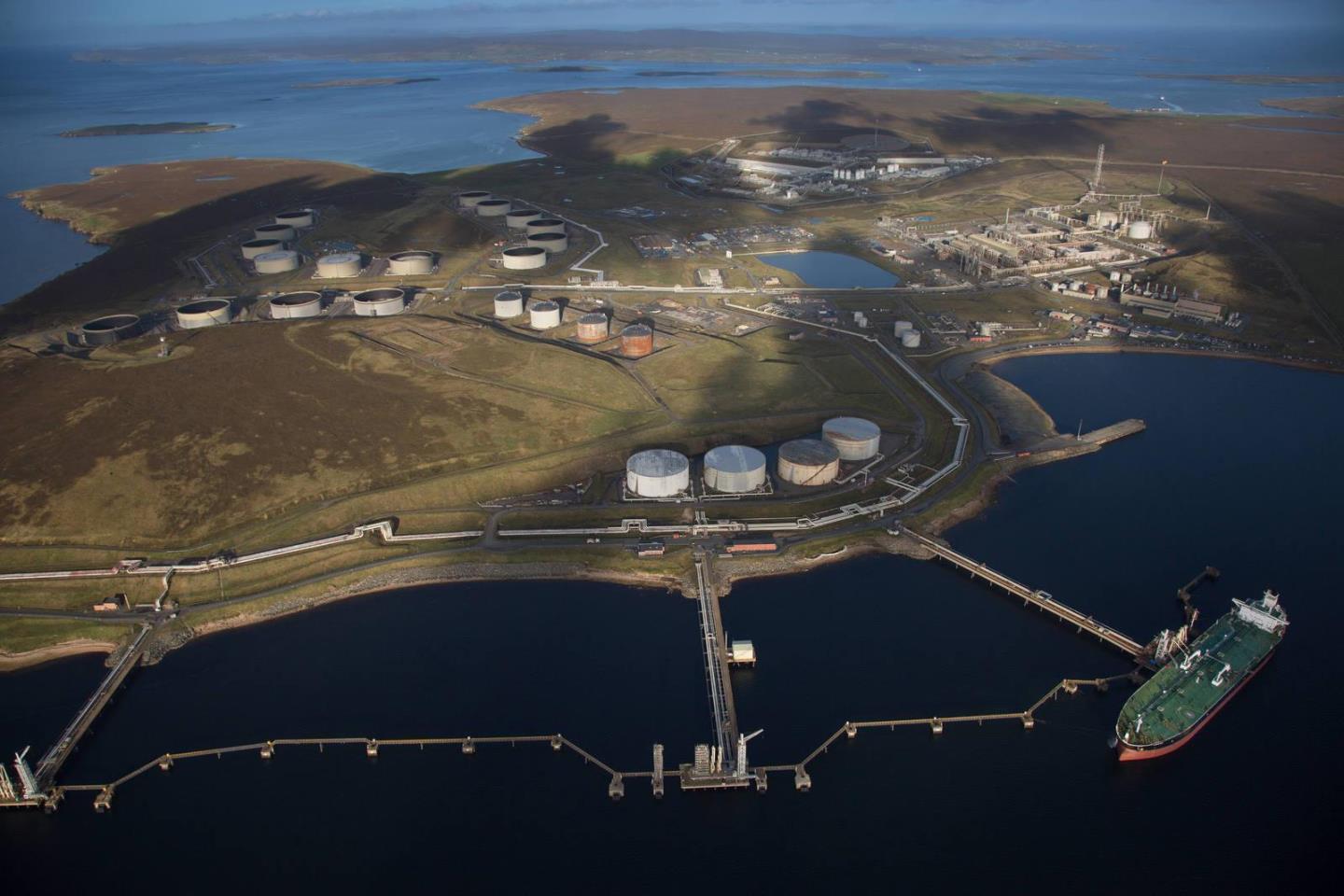
Around 30 workers at the Sullom Voe oil and gas terminal on Shetland have backed a union recognition agreement with their employer Sodexo.
The Unite union said the workers, who provide catering and facility management services, voluntarily negotiated with Sodexo.
The union members include workers in roles such as catering, cleaning, warehouse and logistics, garage services, and pest control.
Unite industrial officer Isabella Sutherland said the Sodexo agreement is “another big step forward for all workers” at the EnQuest-operated oil terminal.
“We are pleased that the agreement was voluntarily negotiated with the company and it was overwhelmingly backed by our members,” Sutherland said.
“The agreement provides a stronger platform for Unite to secure better working conditions for our members across Sullom Voe.”
The Sodexo agreement comes after Unite negotiated a separate agreement covering around 20 Wilson James Security employees.
The workers provide security services on site for EnQuest to patrol the premises in order to ensure the security and safety at the Sullom Voe terminal.
Unite general secretary Sharon Graham said the union is “driving up the quality of jobs, pay and conditions in the Shetlands”.
The recognition agreements follow numerous rounds of industrial action at the Sullom Voe terminal in recent years.
Last year, dozens of Worley employees staged a 24-hour walkout at Sullom Voe in a dispute over pay and working conditions.
Meanwhile, around 30 Equans employees at Sullom Voe secured a new wage deal in February last year which included a 9% wage uplift
Sodexo has been approached for comment.






















